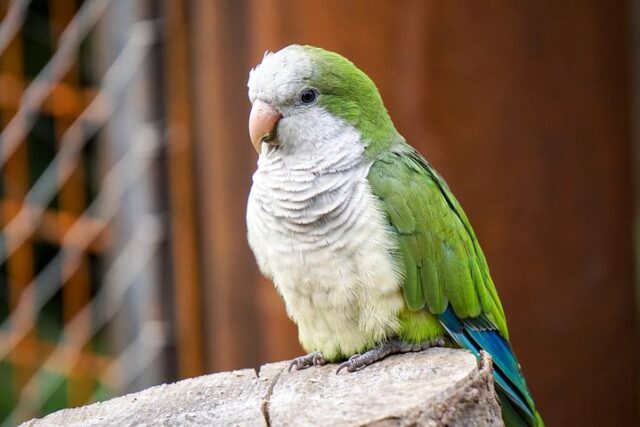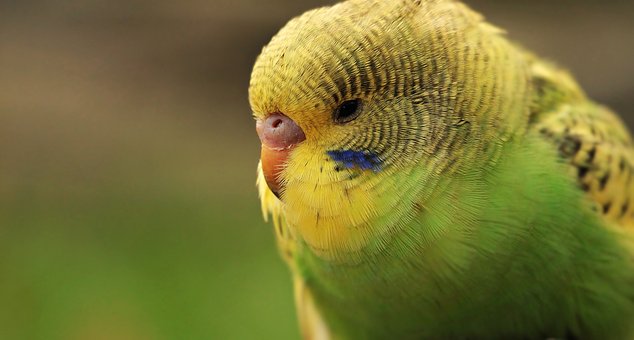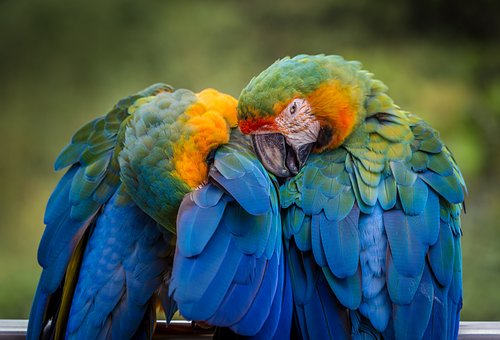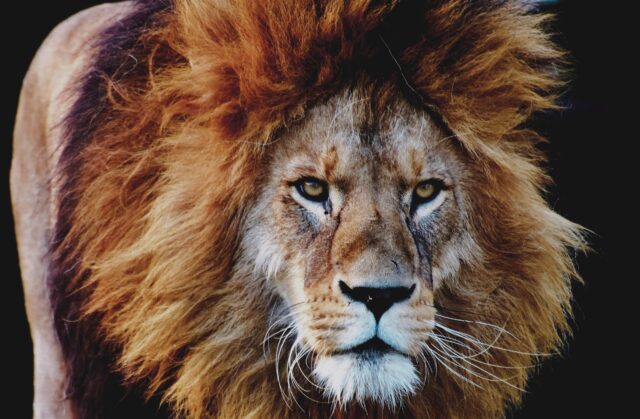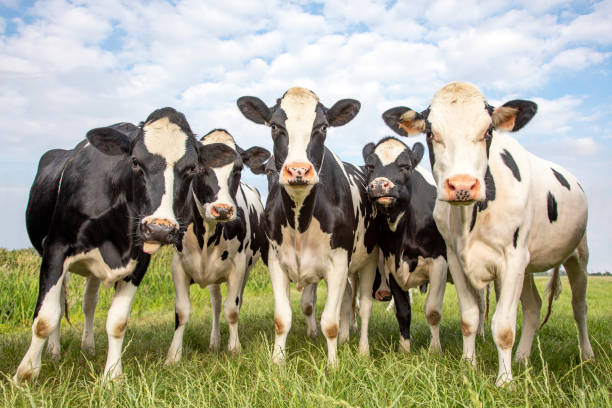Before & After Photos Of The Woman Undergone 50 Surgeries To Look Like Angelina Jolie
Sahar Tabar is a young woman from Tehran who gained notoriety in 2017 after her before and after photos went viral. Her transformation, which involved numerous surgical procedures and drastic weight loss, was an attempt to resemble her idol, actress and human rights activist Angelina Jolie. While Jolie is a role model to many for her beauty and philanthropic work, Tabar took her admiration to an extreme level.

Tabar reportedly underwent 50 surgical procedures over a few months, changing the structure of her face, losing 88.2 pounds, and even wearing tinted contact lenses to match Jolie’s eye color. The results of her surgeries are extreme and have garnered both positive and negative attention on social media. While some find her transformation impressive, others are deeply disturbed by her decision to alter her appearance so drastically.

Celebrity plastic surgeon, Dr. Michael Salzhauer, has weighed in on Tabar’s transformation, noting that her nose is distorted from multiple rhinoplasties and that she likely has silicone implants to support her bridge and tip. He also noted that her lips appear overfilled with filler and that she has likely had a “lip lift” procedure. Furthermore, he suggests that her skeletal appearance is due to anorexia and protein deficiency, which could have serious health consequences.
While Tabar’s decision to alter her appearance is her own, many are concerned about the risks involved and the potential harm to her health. Dr. Salzhauer recommends hospitalization, a feeding tube, and intensive psychiatric therapy to address her condition before it becomes life-threatening.
https://youtu.be/uWzurVvYgxI





